Japanese
Ceramic and porcelain teapots are known for their ability to retain heat, while cast iron teapots are preferred for their durability and ability to retain heat for longer periods. Japanese tea pots come in various styles and capacities, allowing
Whether you are a seasoned
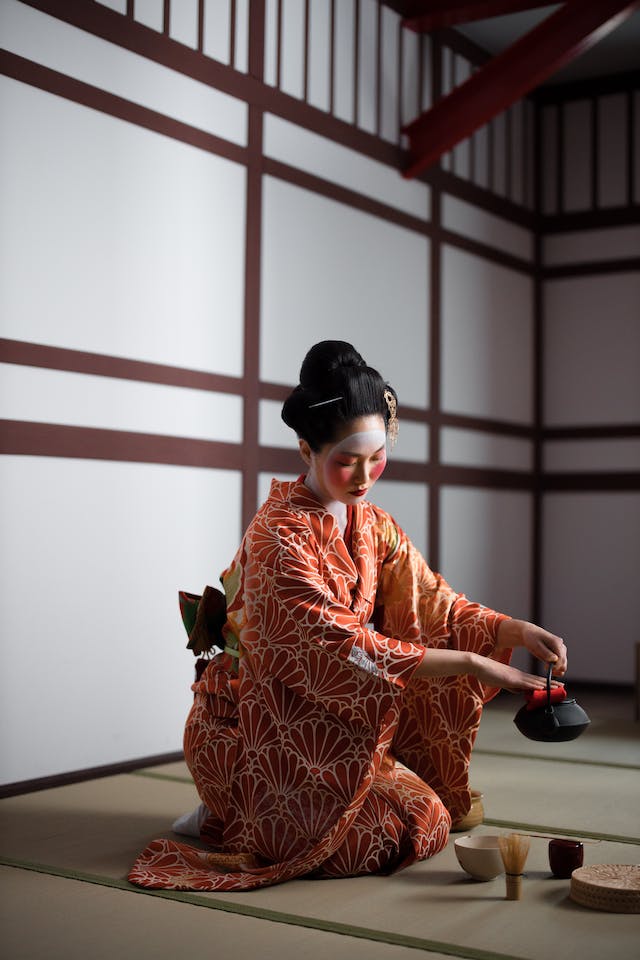

Key Takeaways
- Japanese
tea pots are more than functional; they embody craftsmanship and design, with materials like ceramic, porcelain, glass, clay, and iron offering unique benefits. - The benefits of Japanese
tea pots include essential spaciousness for loose-leaf greentea , built-in filters for hassle-free brewing, and an overall elevatedtea -drinking experience. - Various types of Japanese
tea pots cater to different preferences:- Porcelain: Elegant, heat-retentive, easy to clean.
- Glass: Transparent, visually appealing, versatile.
- Ceramic: Heat-retentive, with built-in filters, aesthetically varied.
- Clay: Exceptional heat retention, built-in filter, suitable for traditional ceremonies.
- Iron (Tetsubin): Graceful pouring, durable, rust removal through boiling.
- Choosing the best material depends on personal preferences and desired
tea -drinking experiences. - Material-specific benefits include non-porosity and even heat distribution for porcelain, visual appeal and easy cleaning for glass, rich infusion and built-in filters for ceramic, flavor absorption and aesthetic charm for clay, and wide base and excellent heat retention for iron (Tetsubin).
Benefits of Using a Japanese Tea Pot
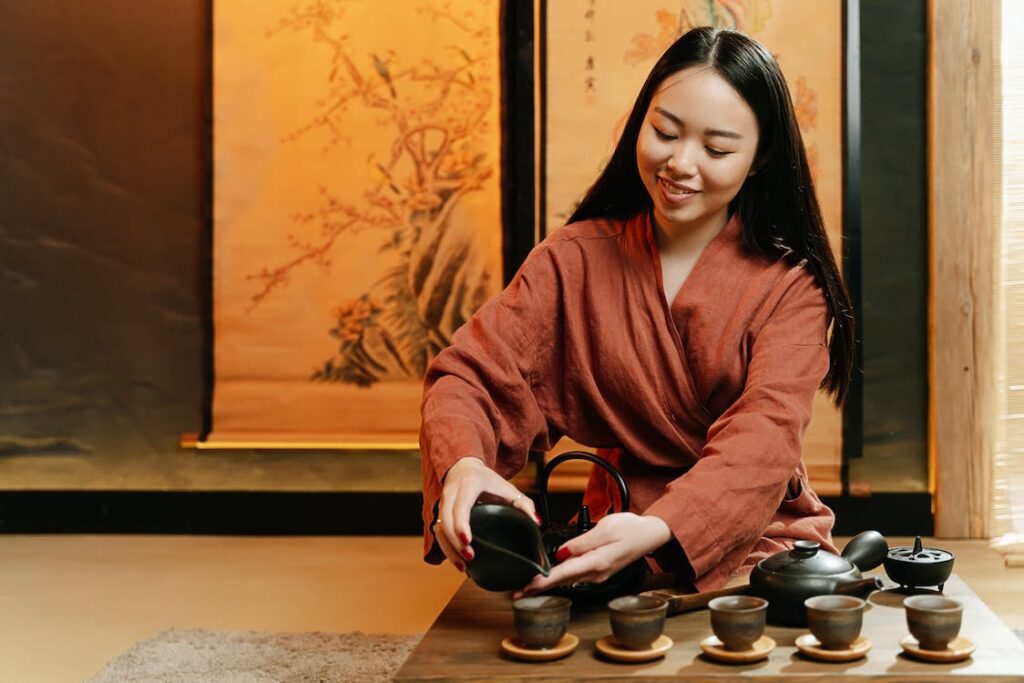

A Japanese tea pot is an essential tool for any tea enthusiast, especially when it comes to brewing loose-leaf Japanese green
A key benefit of using a Japanese
The use of a Japanese
Types of Japanese Tea Pots
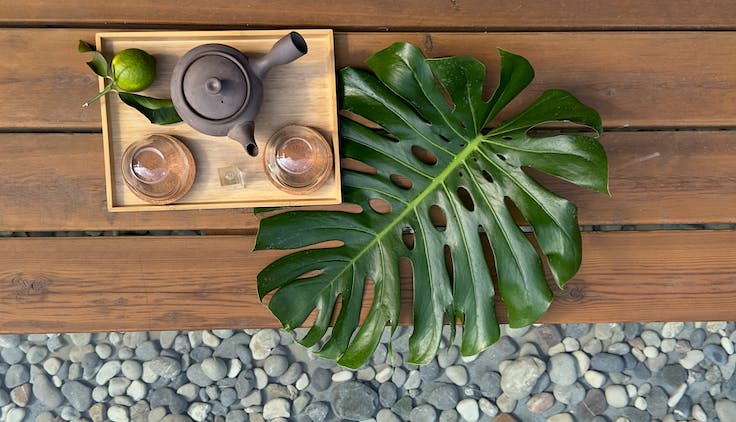

When it comes to Japanese
In this article, we will explore some of the most popular types of Japanese
Porcelain Teapots
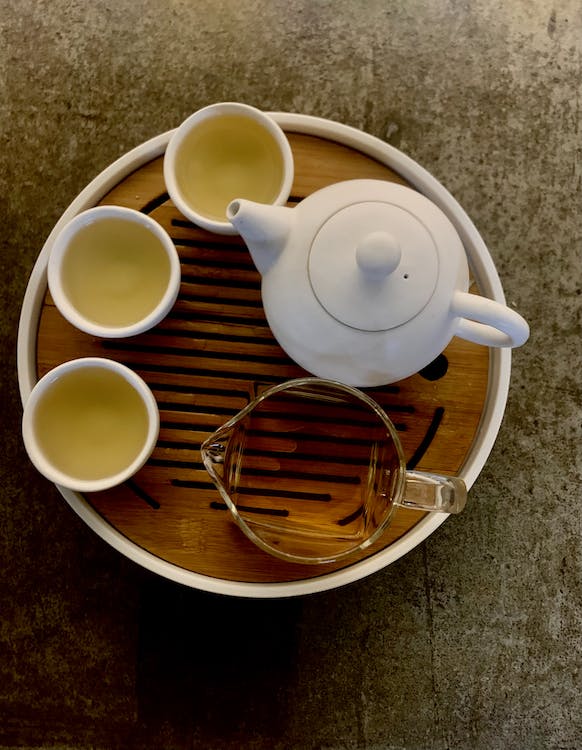

Porcelain teapots are a popular choice among
Heat Retention and Waterproof Design
Porcelain teapots excel at retaining heat, creating the perfect environment for brewing
Additionally, the glaze applied to porcelain teapots makes them waterproof, preventing any absorption of flavors or odors. This guarantees a pure and authentic tea experience with every brew.
Versatility for
Porcelain teapots are highly versatile and suitable for brewing a wide range of teas. Whether you prefer black, green, or oolong
Easy Cleaning and Maintenance
Porcelain teapots are designed for convenience. Their dishwasher-safe feature makes cleaning a breeze, ensuring that you can enjoy your
Overall, porcelain teapots are a preferred choice among
 Dujust Japanese White Porcelain Tea Set
Dujust Japanese White Porcelain Tea Set - Material: Porcelain
- Weight: 2.46 pounds
- Teapot Capacity: 560 ml
- Teapot Dimensions: 13 cm x 11.5 cm
- Cup Capacity: 155 ml
- Cup Dimensions: 6.5 cm x 6.5 cm
- Tray Dimensions: 33 cm x 22 cm
- Elegant and exquisite design
- High-quality white porcelain
- Delicate and intricate patterns
- Lightweight and easy to handle
- Suitable for solo or group tea sessions
- Fragile glass requires careful handling and cleaning
Glass Teapots
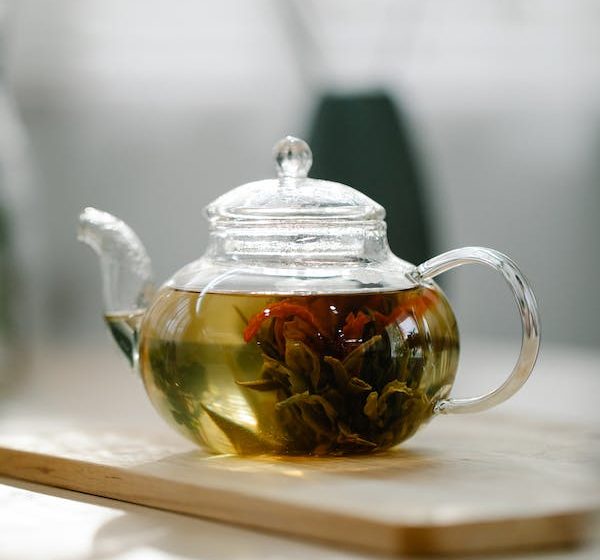

Glass teapots are a popular choice among
Heat Resistant and Safe
Glass teapots are designed to withstand high temperatures without cracking or shattering, ensuring a safe brewing process. Their heat-resistant properties allow for the use of boiling water and retain heat for extended periods. This ensures that your
Versatility for
Glass teapots are highly versatile and suitable for brewing a wide range of teas. Whether it’s black, green, herbal, or flowering
Effortless Cleaning and Maintenance
The smooth, non-porous surface of glass teapots makes them incredibly easy to clean. Resistant to staining and odors, they can be quickly rinsed or safely washed in a dishwasher. This saves you time and effort, allowing you to focus on enjoying your
With their elegant and modern design, glass teapots are not only functional but also a stylish addition to any tea lover’s collection. Their transparent appearance, heat resistance, and ease of use make glass teapots a preferred choice for
 HIWARE 1000ml Glass Teapot with Removable Infuser
HIWARE 1000ml Glass Teapot with Removable Infuser - Capacity: 33 oz
- Material: Glass, Stainless Steel, Borosilicate Glass
- Dimensions: 5.3 x 5 x 9 inches
- Weight: 1.21 pounds
- Beautiful and functional design
- Glass allows for watching tea leaves
- Removable infuser for loose leaf tea
- 1000 ml capacity for multiple cups
- Suitable for entertaining guests
- Sleek design
- Difficult to clean
- Small spout opening
Ceramic Teapots
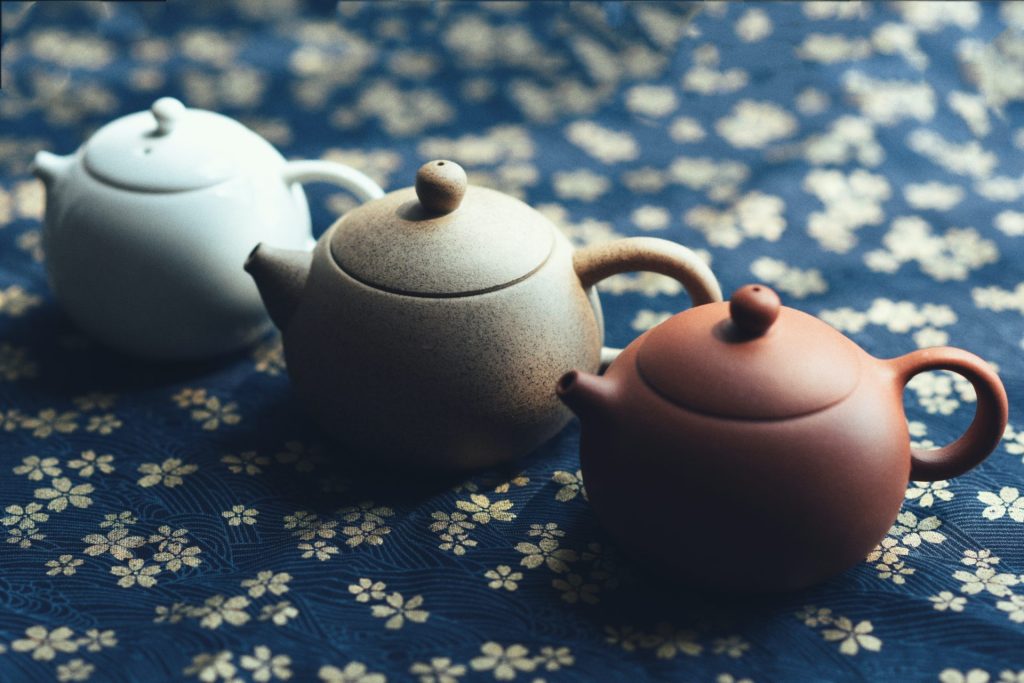

Ceramic teapots, particularly those made from clay or porcelain, are highly sought after for their superior quality and functionality. These materials have long been favored for their ability to retain heat, ensuring that your
Resilient and Effortless
One of the key benefits of ceramic teapots is their ability to withstand high temperatures without cracking or shattering. This ensures a safe brewing process and allows you to enjoy your
Overall, ceramic teapots, whether made from clay or porcelain, offer a perfect blend of functionality and beauty. They are the preferred choice for
Clay Teapots
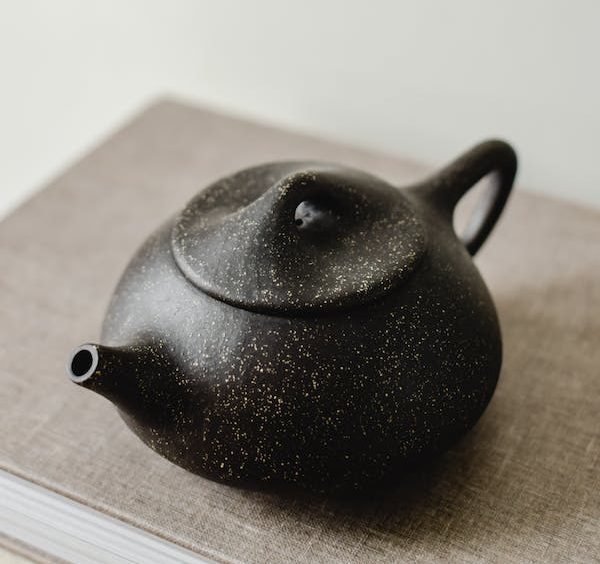

Clay teapots, such as the renowned Yixing and Banko clay teapots, are cherished for their unique characteristics and benefits in the world of
The porous nature of the clay material allows the teapot to absorb heat and maintain a consistently hot brewing temperature, resulting in a more aromatic and flavorful cup of
Practicality and Durability
The porousness of clay teapots contributes to the gradual seasoning of the teapot over time. As the teapot is used, the
Traditional Significance
Clay teapots also hold significance in traditional
With a wide variety of clay types to choose from, including the famous Yixing and Banko clays,
In summary, clay teapots possess the remarkable ability to retain heat, enhance the flavor of
Iron Teapots (Tetsubin)
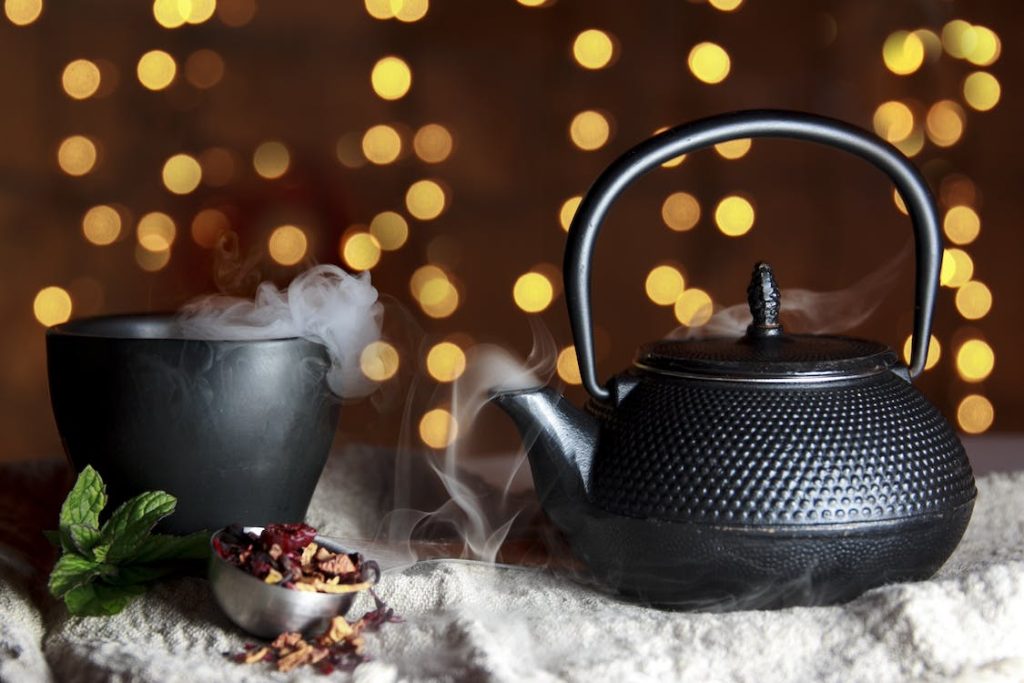

Iron Teapots (Tetsubin) are a popular choice among tea enthusiasts who appreciate the perfect blend of functionality and aesthetic appeal. These teapots have a design that is similar to Western-style teapots, with a spout, handle, and lid. However, they are larger and heavier compared to the traditional kyusu teapots.
Graceful Pouring
In Japanese
Detachable Metal Sifter
Unlike kyusu teapots, many Japanese cast iron teapots come with a detachable metal sifter. However, this feature is not ideal for the preparation of Japanese green tea. The metal sifter can hinder the natural flow of water through the teapot and influence the steeping process. It is recommended to use a stainless steel infuser or simply add loose
Beautiful Design and Craftsmanship
In addition to their practical functionality, Tetsubin teapots are also admired for their beautiful design and craftsmanship. They often feature intricate patterns and engravings, showcasing the rich cultural heritage of Japan.
With their larger capacity and durable construction, these teapots are a preferred choice for
Overall, Tetsubin teapots offer a unique and elegant way to brew and serve high-quality
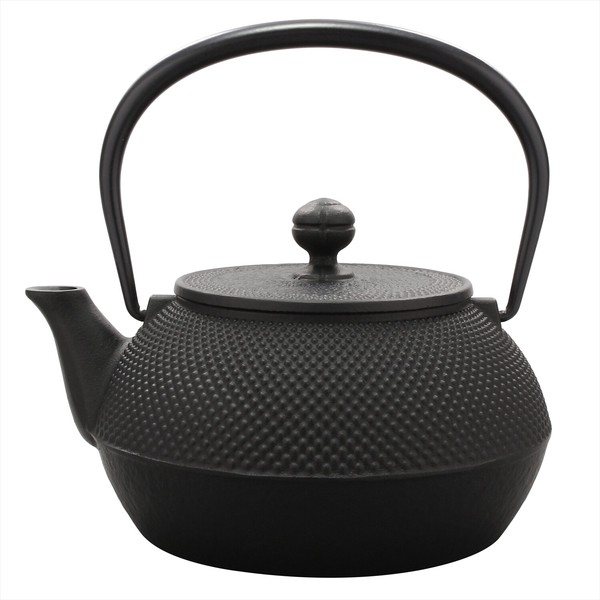

Experience the enchantment of Nambu Tetsubin, a cast iron tea pot celebrated for timeless eleganc...
- The Nambu Tetsubin's high-quality cast iron construction ensures exceptional heat retention, keeping tea hot for an extended period.
- The porous nature of cast iron interacts with tea flavors, enriching the brew with a distinct richness and depth over time.
- Handcrafted by skilled artisans in Japan's Nambu region, each teapot is a testament to traditional artistry and cultural heritage.
- The cast iron material can make Nambu Tetsubin tea pots relatively heavy, which might not be ideal for individuals seeking lightweight options.
- Some Nambu Tetsubin tea pots have smaller capacities compared to other materials, potentially limiting the amount of tea they can hold.
- Authentic Nambu Tetsubin tea pots can be relatively expensive due to their craftsmanship, which might not fit every budget.
- The enamel-coated interior should be handled with care to avoid chipping or scratching, which could impact the aesthetics and use of the teapot.
Choosing the Best Material for Your Japanese Tea Pot
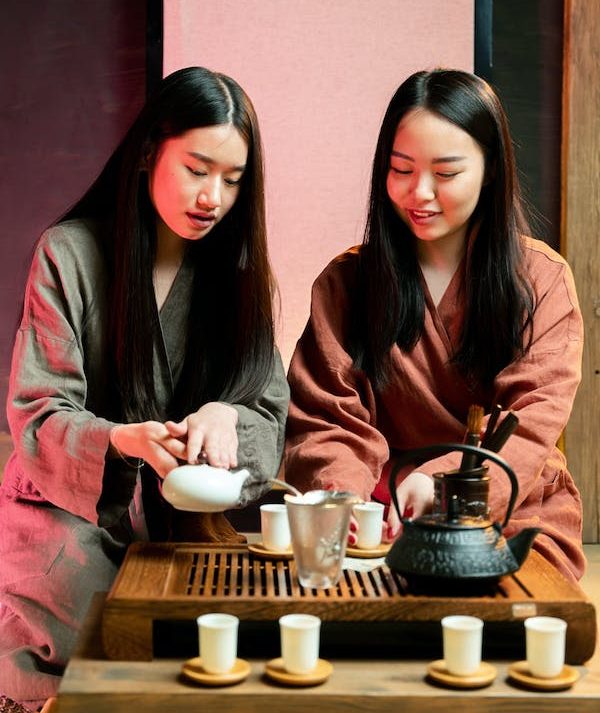

When it comes to choosing the best material for your Japanese
Porcelain teapots, on the other hand, are known for their elegant appearance and smooth surface, which do not interfere with the flavors of delicate teas. Glass teapots have gained popularity due to their modern design and ability to showcase the beauty of the brewing process.
Lastly, iron teapots, or tetsubin, offer durability, even heat distribution, and a rustic charm. Each material has its unique qualities, so choose the one that best fits your preferences and
Porcelain Teapot Benefits
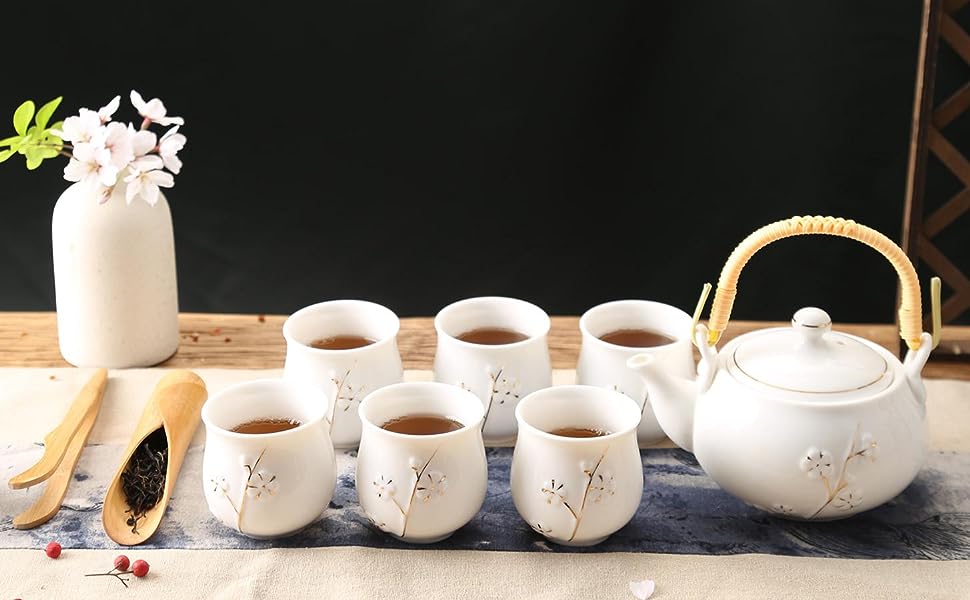

A porcelain teapot is often considered the best material for brewing
- Porcelain is non-porous and has a smooth surface, making it perfect for brewing
tea . The glaze on porcelain teapots acts as a waterproof barrier, preserving the pure taste oftea . - Porcelain teapots distribute heat evenly, ensuring a consistent and balanced brew. Even heat distribution is crucial for delicate teas, extracting full flavors and aromas without scorching the leaves.
- Porcelain teapots have elegant and timeless designs, admired for their aesthetics. They come in a variety of styles to suit different preferences.
- Porcelain teapots make a beautiful addition to
tea collections or table settings. - Porcelain’s smooth surface makes it easy to clean and maintain.
Overall, the benefits of using a porcelain teapot include its non-porous nature, easy maintenance, even heat distribution, and aesthetic appeal. When it comes to brewing
Glass Teapot Benefits
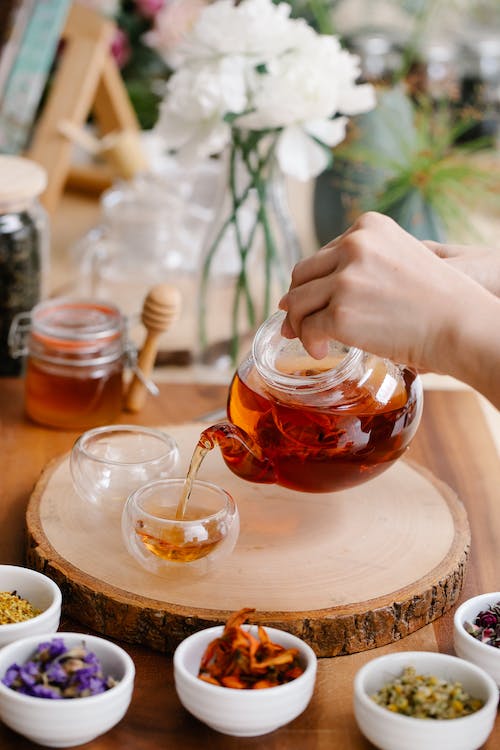

When it comes to brewing Japanese green tea, using a glass teapot offers several notable benefits. Here are some advantages to using a glass teapot.
- Glass teapots provide ample room for
tea leaves to unfurl and release their flavors. This makes it ideal for Japanese greentea , as tightly rolled leaves need space to fully expand. - They excel in heat retention, keeping
tea hot for an extended period. - The transparent nature of glass teapots offers a visually appealing brewing experience. Observing the graceful dance of
tea leaves adds to the enjoyment of thetea -making process. - Glass teapots are easy to clean, either by hand or in the dishwasher.
Overall, a glass teapot is an ideal choice for brewing Japanese green
Ceramic Teapot Benefits
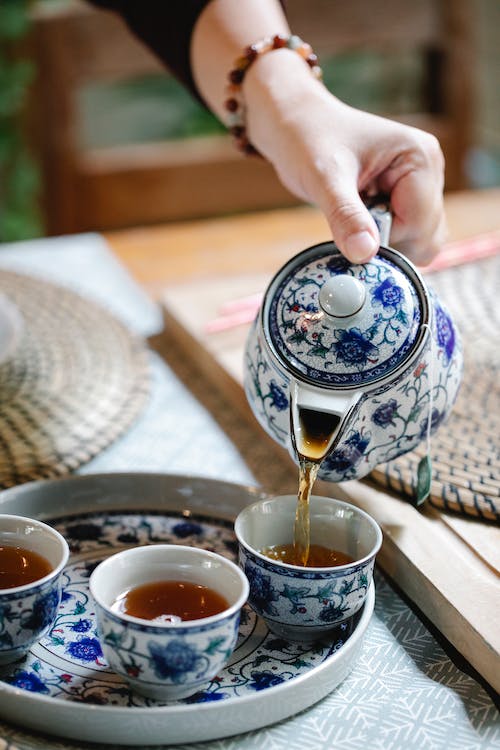

When it comes to brewing Japanese green
- Ceramic teapots allow ample space for
tea leaves to expand, resulting in a rich and complex infusion. - The porous nature of ceramic retains heat, keeping the
tea warm for an extended period. - Built-in filters in ceramic teapots separate
tea leaves from the liquid, enhancing thetea -drinking experience. The filter prevents unwanted bits of leaves from ending up in your cup, ensuring a smoothertea . - Ceramic teapots offer aesthetic appeal, with a variety of shapes, sizes, and designs to choose from. You can find a ceramic teapot that suits your style and complements your
tea ritual.
Overall, a ceramic teapot is an excellent choice for brewing Japanese green
Clay Teapot Benefits
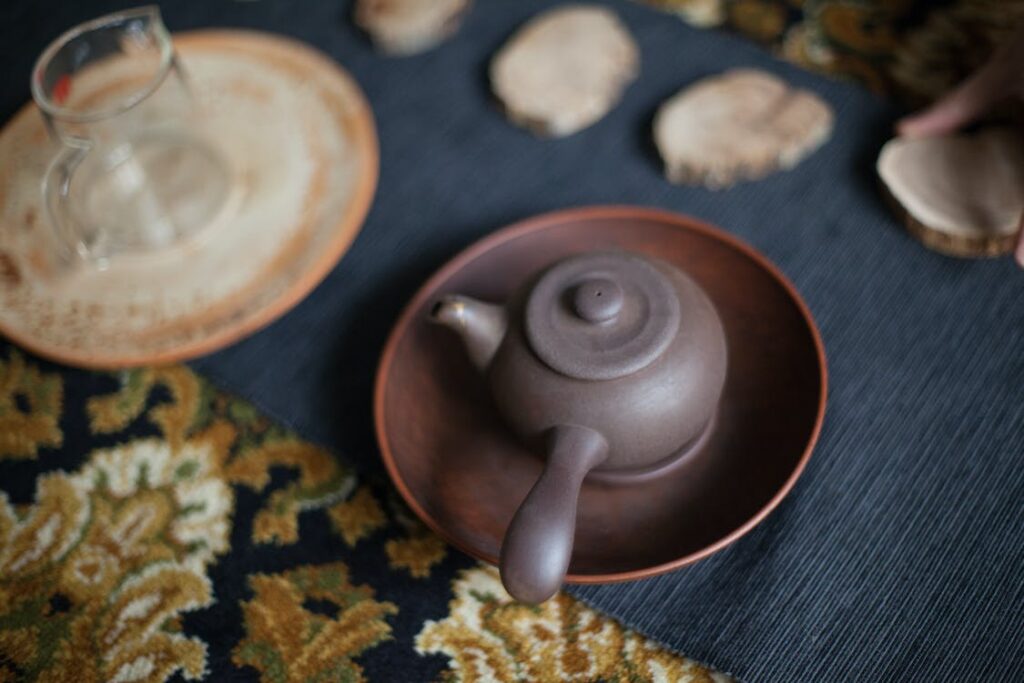

When it comes to brewing loose-leaf Japanese green
- The wide base of a clay teapot allows
tea leaves to freely move and steep, resulting in a thorough infusion and rich flavors. - The porous nature of clay absorbs and retains flavors, enhancing the intensity and aroma of the brew.
- Clay teapots feature a built-in filter that sifts out
tea leaves, ensuring a smooth and hassle-free drinking experience. The filter eliminates the need for additional strainers or filters. - Clay teapots have an aesthetic charm with earthy tones and natural textures, adding elegance to
tea -drinking rituals. - The traditional Japanese
tea ceremony is complemented by the use of clay teapots. - Clay teapots offer functional benefits, enhanced flavors, and an appealing visual element.
To fully appreciate the delicate nuances of loose-leaf Japanese green



Konnichiwa! (Hello!) I'm Pat Tokuyama, a Japanese tofu cookbook author, who travels for music, food, and adventure. If you like Japanese tea, checkout some of the newestorganic japanese tea, matcha bowls and noren and more!
** Curious about the Plant Based Japanese Cooking Club? ** Learn more here!
Iron Teapot (Tetsubin) Benefits
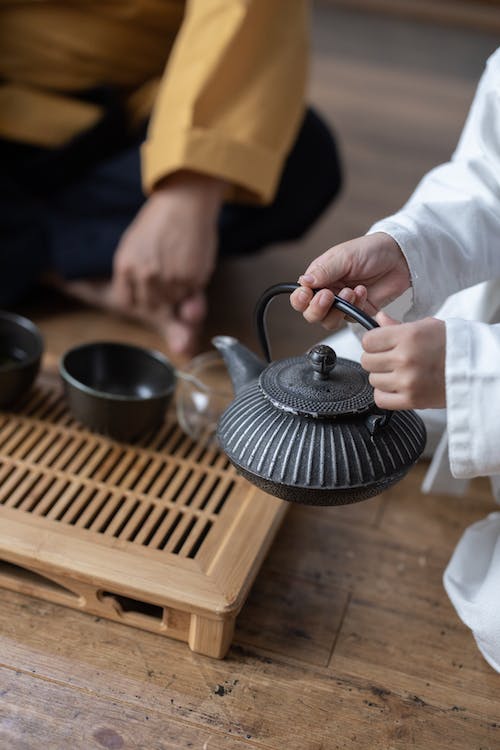

Iron teapots, also known as Tetsubin, have long been cherished and utilized by
- Iron teapots have a wide base that allows
tea leaves to move freely during steeping, promoting optimal flavor extraction. The ample space in the teapot allows water andtea leaves to mingle, enhancing flavor development. - Iron teapots retain heat exceptionally well, keeping
tea warm for extended periods, suitable for both solo and grouptea sessions. - Cast iron teapots are known for their durability and safety, as they are made from pure iron and are non-toxic.
- A thin layer of rust may develop inside the teapot over time, but it is harmless and can be easily removed.
- Boiling green
tea leaves in the teapot helps to remove the rust, restoring the teapot’s shine.
Overall, an iron teapot is a fantastic addition to any
Conclusion
In conclusion, Japanese
Porcelain teapots impress with elegant designs and heat retention, while glass counterparts provide a visually appealing brewing experience. Ceramic teapots, with built-in filters, enhance the
Choosing the right material ensures a personalized and elevated


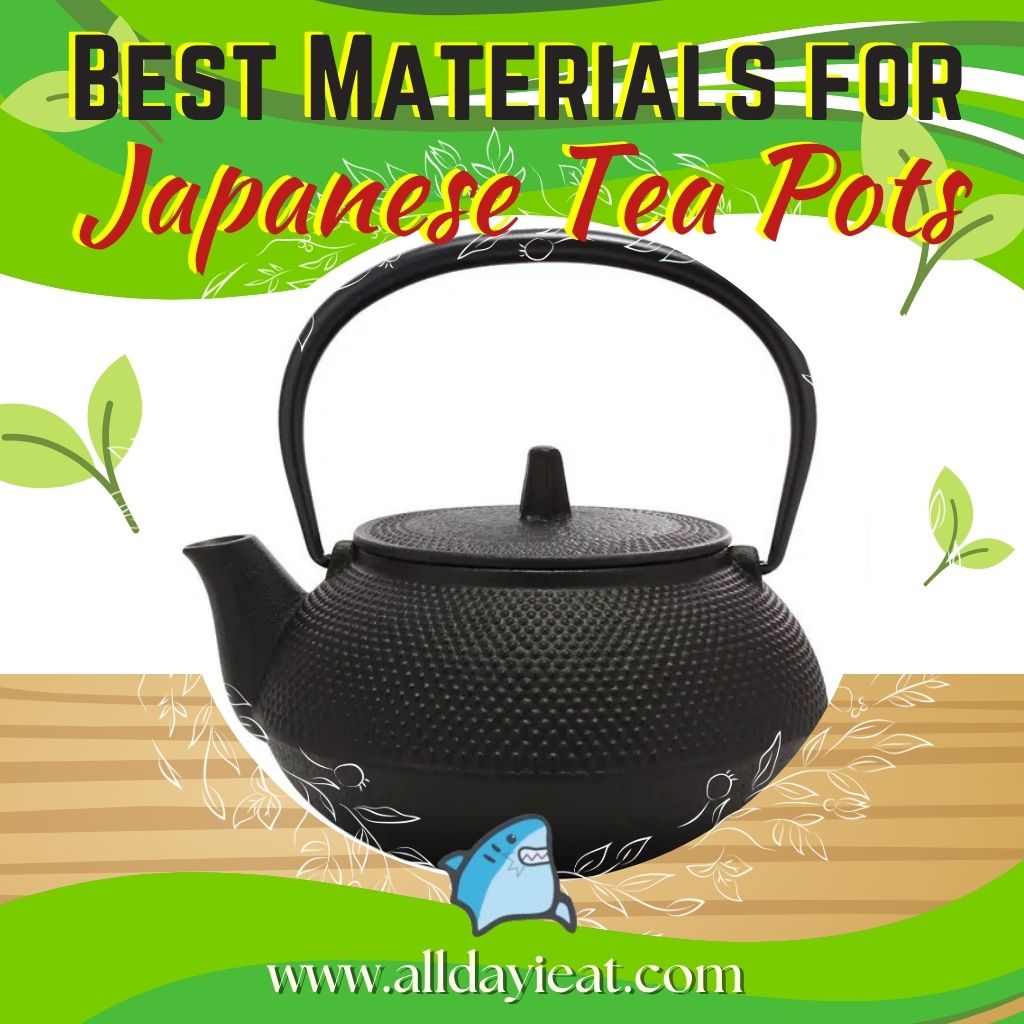


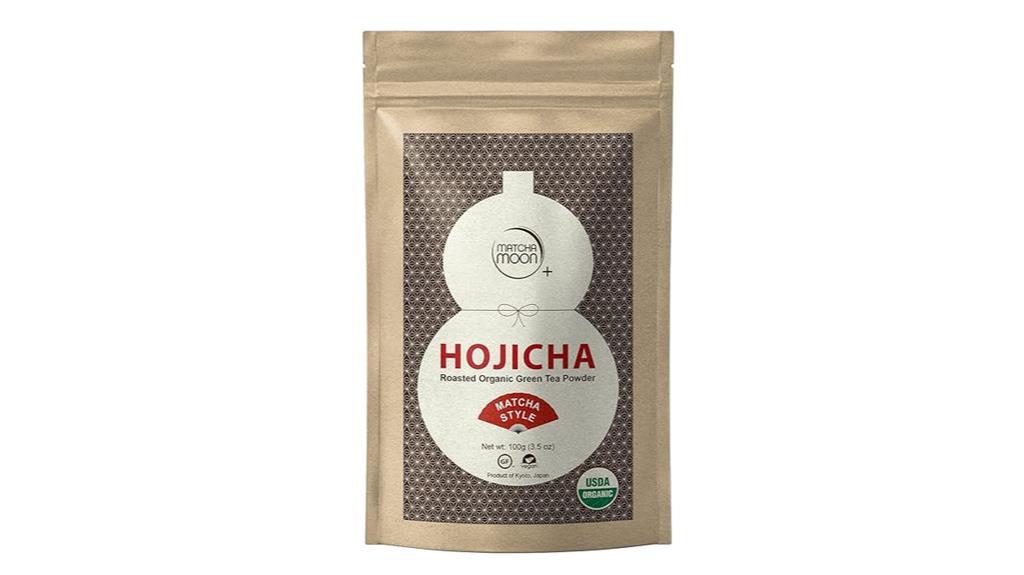
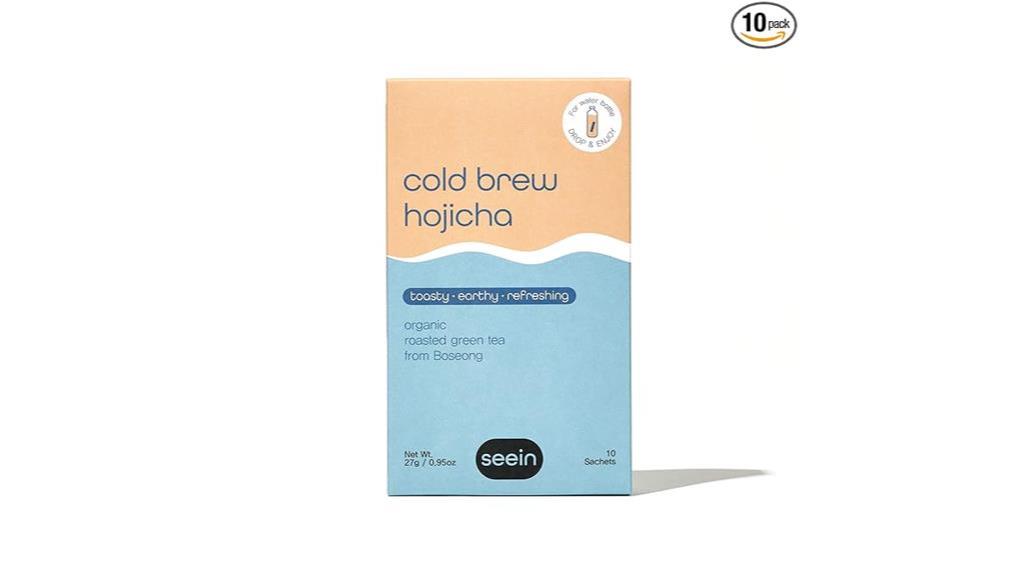
Konnichiwa! (Hello!) I'm Pat Tokuyama, a Japanese tofu cookbook author, who travels for music, food, and adventure. If you like Japanese tea, checkout some of the newestorganic japanese tea, matcha bowls and noren and more!
** Curious about the Plant Based Japanese Cooking Club? ** Learn more here!